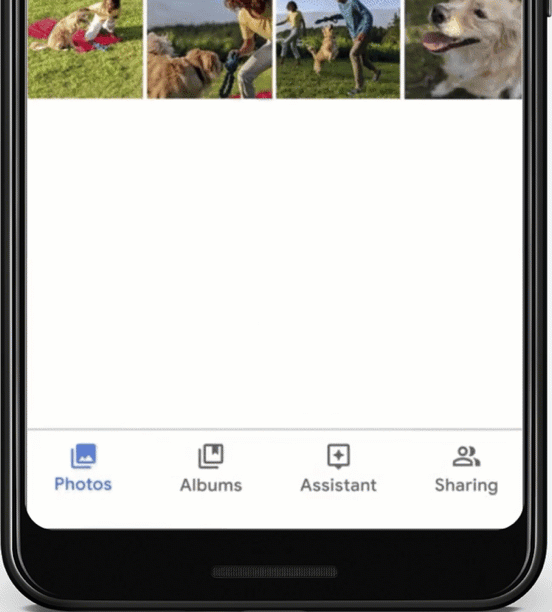Android 휴대전화 사용자는 "Hey Google, 이것을 제인에게 보내 줘"와 같은 음성 명령을 사용하여 다른 사용자에게 앱 콘텐츠를 공유해 달라고 Google 어시스턴트에 요청할 수 있습니다. 그러면 첫 번째 사용자의 시스템 옵션에 따라 어시스턴트가 화면의 콘텐츠 또는 기기 스크린샷을 공유 콘텐츠에 통합할 수 있습니다.

이 공유 방법으로도 충분하지만, 앱에서 공유된 콘텐츠를 수신하는 사용자는 앱을 다시 시작하지 않고도 콘텐츠를 볼 수 있습니다. 개발자는 onProvideAssistContent() 메서드를 구현하여 현재 포그라운드 콘텐츠에 관한 구조화된 정보를 어시스턴트에 제공할 수 있습니다.
이 프로세스는 다른 사용자와 공유되는 데이터 구조를 유지관리하는 데 도움이 됩니다. 그러면 공유된 앱 콘텐츠를 수신하는 사용자는 텍스트 형태나 스크린샷 형태 대신에 딥 링크를 통해 연결되거나 콘텐츠를 직접 수신할 수 있습니다.
앱에서 공유 가능한 entity에 onProvideAssistContent()를 구현합니다.
어시스턴트에 콘텐츠 제공
앱 작업을 호출한 후 사용자의 작업 흐름에서 최종 앱 활동에 관한 onProvideAssistContent()를 구현하기만 하면 됩니다. 예를 들어
GET_ITEM_LIST 흐름, 최종 화면에서 메서드를 구현합니다.
항목 목록을 표시합니다. 진행 중인 프로젝트나 작업을 위해
미리 볼 수 있습니다.
AssistContent의 structuredData 필드에 schema.org 어휘를 사용하여 문맥 정보를 JSON-LD 객체 형태로 제공합니다. 다음 코드 스니펫은 상황별 콘텐츠를 기록하는 예를 보여줍니다.
override fun onProvideAssistContent(outContent: AssistContent) { super.onProvideAssistContent(outContent) // JSON-LD object based on Schema.org structured data outContent.structuredData = JSONObject() .put("@type", "ItemList") .put("name", "My Work items") .put("url", "https://my-notes-and-lists.com/lists/12345a") .toString() }
@Override public void onProvideAssistContent(AssistContent outContent) { super.onProvideAssistContent(outContent); // JSON-LD object based on Schema.org structured data outContent.structuredData = new JSONObject() .put("@type", "ItemList") .put("name", "My Work items") .put("url", "https://my-notes-and-lists.com/lists/12345a") .toString(); }
각 entity에 관해 최대한 많은 데이터를 제공합니다. 다음 필드는 필수입니다.
@type.name.url(URL 주소 지정이 가능한 콘텐츠인 경우에만 필요)
onProvideAssistContent() 사용에 관한 자세한 내용은 어시스턴트용 상황별 콘텐츠 최적화 가이드를 참고하세요.

